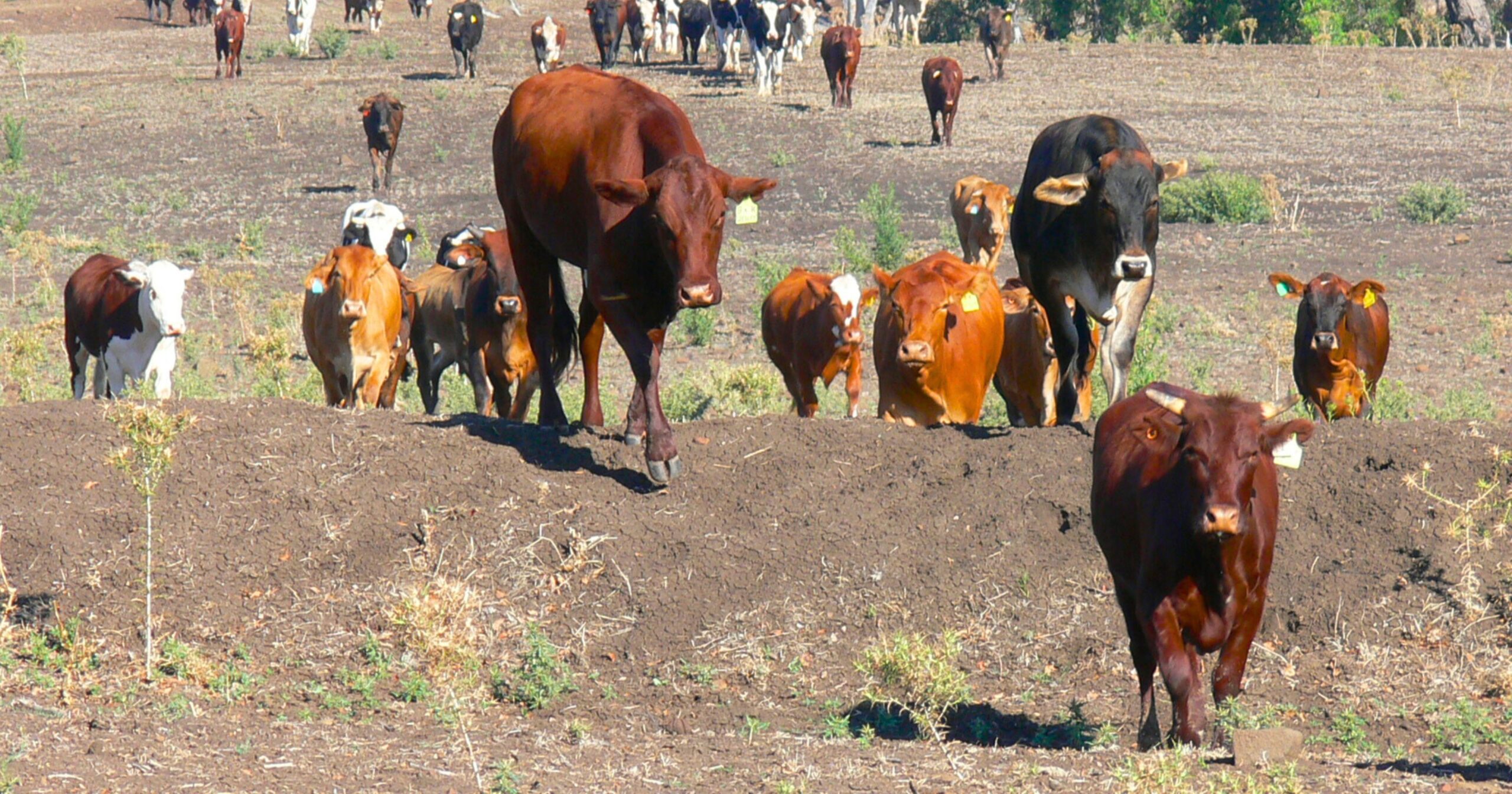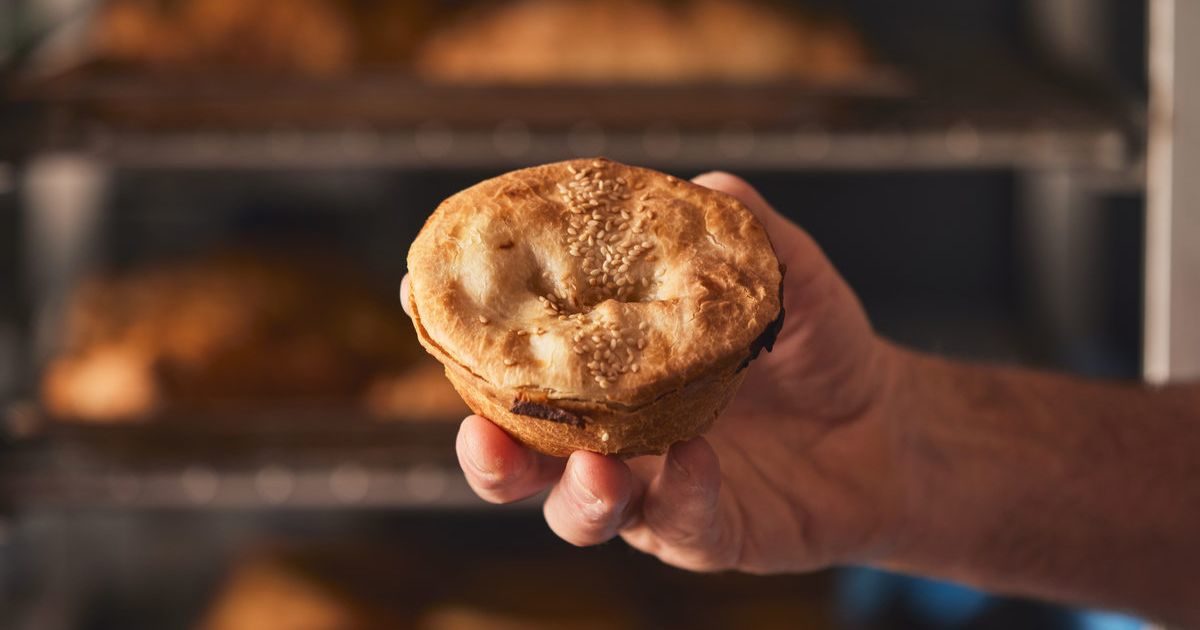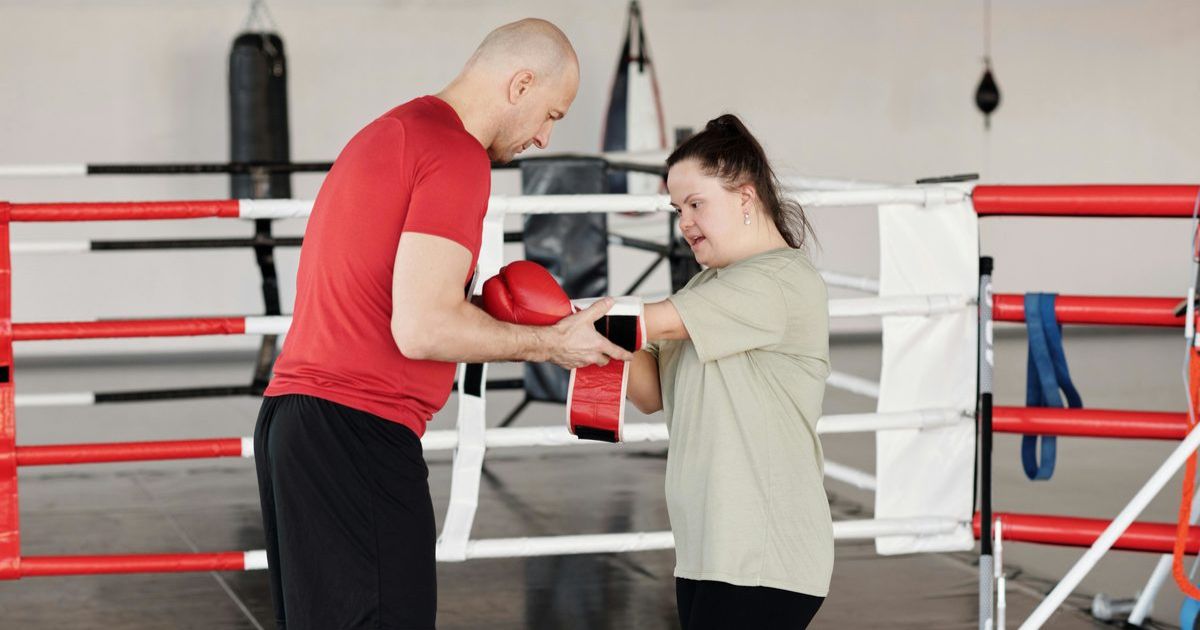Green shoots in canopy project

Pop of colour: Red maples have been planted on Peel Street north following recent roadworks. Photo: EDWINA WILLIAMS
THE City of Ballarat is two years into its urban forest project as it seeks to achieve a tree canopy cover of forty per cent within the next nineteen years.
Director development and growth Natalie Robertson said the initiative began in 2019 in response to residents’ desires for a “greener, more liveable city.”
Almost five years ago the municipality’s tree canopy cover was only at 17 per cent, now the parks and gardens team are planting about 1500 trees annually under the urban forest plan.
“We set ourselves some key targets to establish a comprehensive tree inventory for management, increase canopy cover to 40 per cent by 2040, achieve an increase in 20,000 square metres in green space in the CBD, and develop tree precinct plans for priority areas of social vulnerability,” Ms Robertson said.
“We’re implementing those actions. It’s a long-term project, but it’s really something to celebrate. A 40 per cent tree canopy will be an amazing achievement in Ballarat.”
Priority precinct plans for Wendouree, Sebastopol and Bakery Hill’s tree canopies have recently been completed, while over the last six months, 205 trees have been planted in Wendouree, 250 in Ballarat North, and 127 in Mount Pleasant and Newington combined.
“Whilst we have priority areas, it doesn’t mean we’ve neglected the others,” Ms Robertson said.
Two-hundred trees have been planted in Lake Gardens, Alfredton and Invermay Park in the last six months, and 26 trees on Sturt Street between Pleasant and Gillies streets have been removed, to allow for the planting of 110 trees.
“We assess trees through our arborists, and when there is an unhealthy tree or one’s not thriving, we make the decision to remove them so we can get a better outcome, and we can plant more trees,” Ms Robertson said.
This financial year, the City and State each allocated $500,000 to fund 1352 trees in Sebastopol as part of the Spotlight on Sebas project.
Here, large canopy trees have been selected for nature strips that are not under powerlines.
Across town Remembrance Drive will see 46 trees replaced, Soldiers Hill is a focus for tree protection works, while new plantings on the shores of Lake Wendouree are part of the broader capital works program.
“We’re lucky that some of our areas are magnificently planted and can be sustained while we catch up in other areas,” Ms Robertson said.
“Our parks and gardens team do an amazing job on our operational program, whilst keeping on top of our urban forest action plan.”
Vegetation officer Tony Marshall said varying species have been chosen to improve the canopy, and grow in harmony with City infrastructure.
Large deciduous trees tend to go in areas with heritage requirements, while both evergreen and deciduous go to the outer suburbs.
“For a healthy urban forest, you need diversity. You want to steer clear of a monoculture due to pests and diseases; you risk losing everything in one hit,” he said.
“We try and mix it up a bit. In Drummond Street, for example, we’ve got pocket plantings where we’ve gone for banksias to bring in biodiversity where we can’t have a massive canopy tree, but we can encourage bird and insect life into the city.
“We do have our go-to species in suburbs where we’re doing new street tree plantings; on streets running east-west we plant deciduous, if we can, for solar gain during winter months, and for the north-south, evergreens are a focus.”
Following recent Ballarat Sewer Build works, and the construction of a new road surface, Mr Marshall contributed to the installation of red maple trees on Peel Street north.
“We’re trying to bring in a bit of colour. We’ve planted the trees in the footpath area. I’m pretty proud of that section of works, collaborating with our internal designers.
“We’ve gone with a structured pit design that we hope will limit infrastructure damage from trees over time,” he said.
“Maples have been successful in other areas, such us behind the Town Hall. They’ve been in there for 15 years, they have limited pruning requirements, are a beautiful colour, and make a cooling contribution to our city’s microclimate.”
Combining urban forest and general street works, the City of Ballarat aims to plants 3000 trees a year.


















